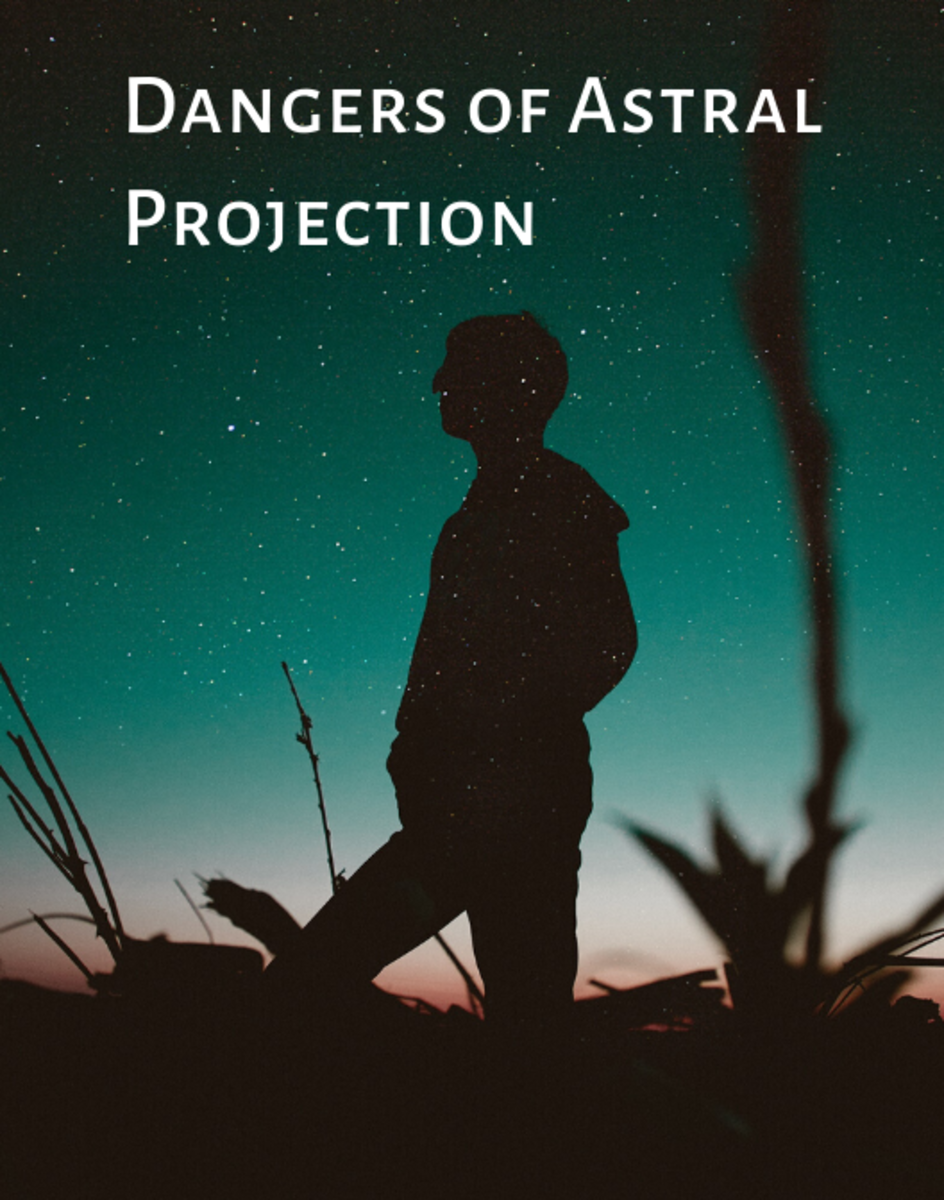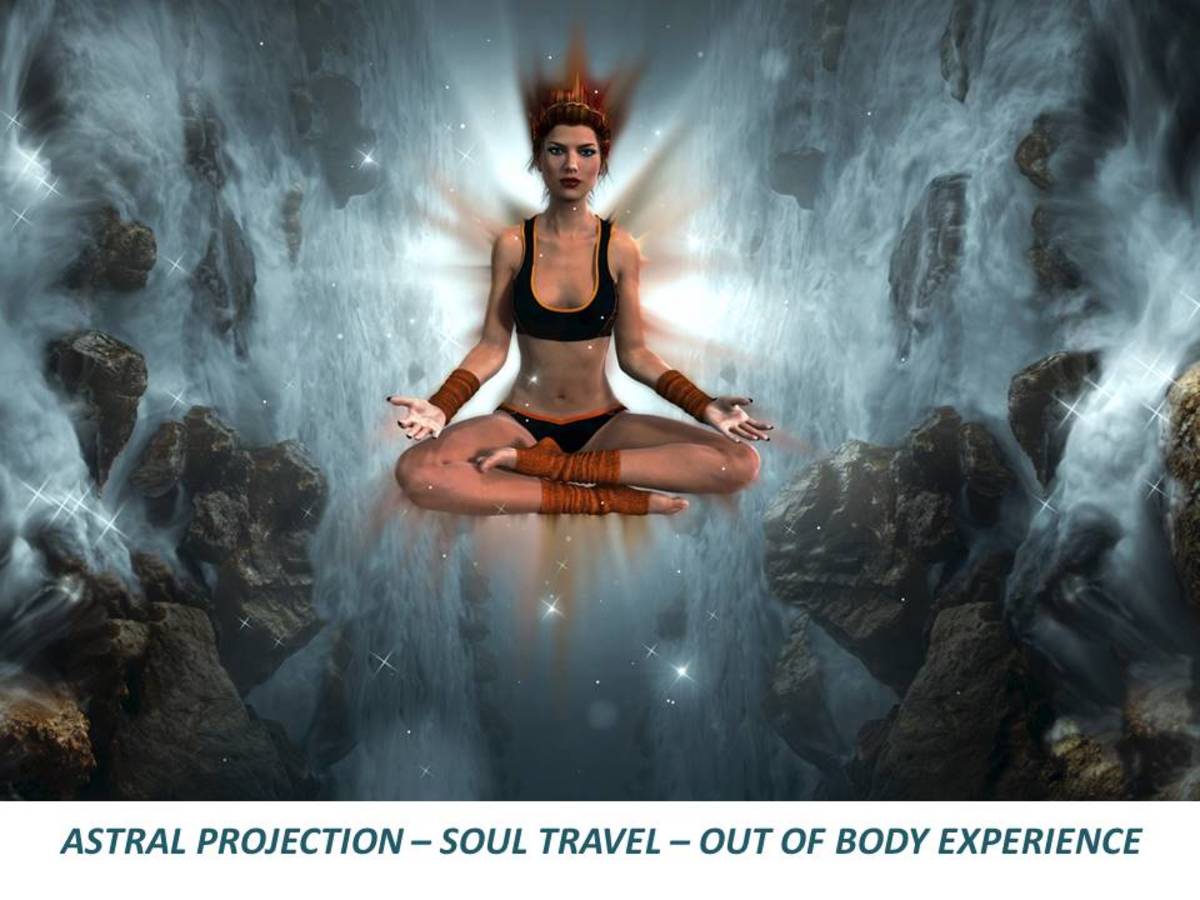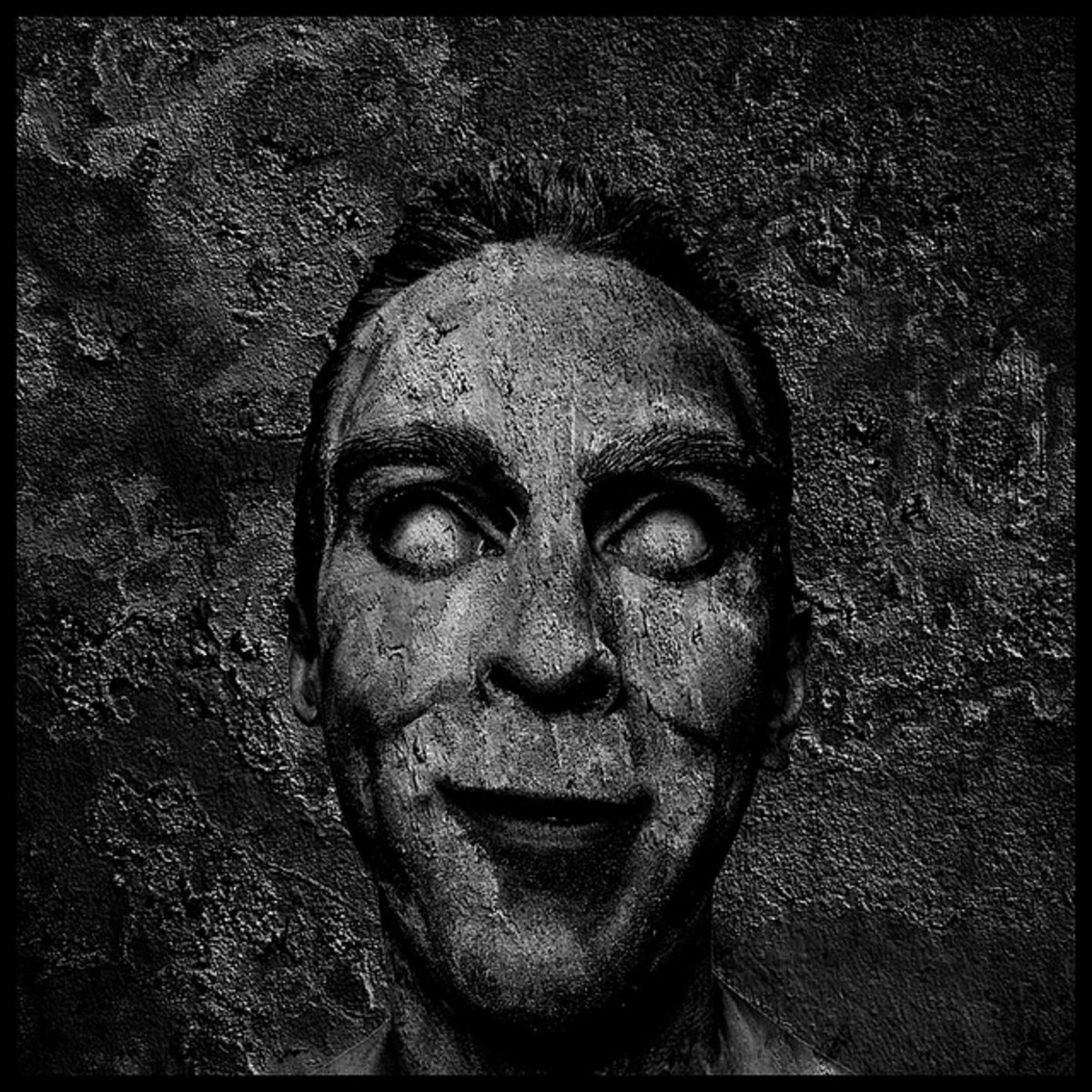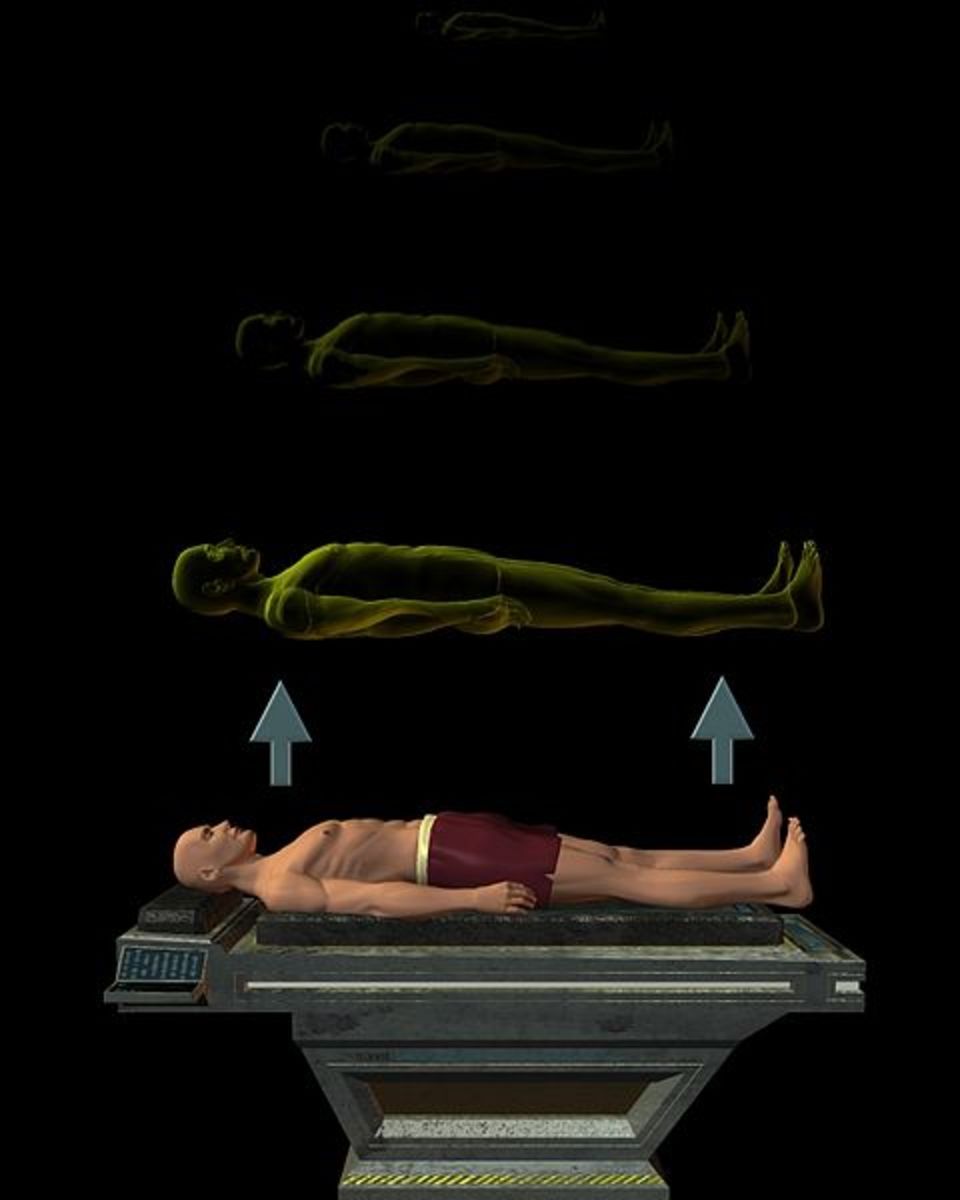Mastering Astral Projection - Tips For Having Out Of Body Experiences
Mastering astral projection can be challenging, but there are ways to make the process easier, as this article explains. Astral projection, also known as out of body experience, or OBE/OOBE, is a phenomenon that has fascinated humankind for millennia – yet it still remains a controversial topic, with most mainstream scientists denying that it exists at all! If you've ever had an out of body experience however (whether intentional or not), the experience becomes much more real, and you may be keen to repeat the experience. If you've never had one, but would like to, it's possible to learn to leave the body at will, although most people do find this a challenging process. This article provides an overview of some of the most popular methods that people have used to successfully induce an out of body experience.
Astral Projection Techniques
Many people have involuntary out of body experiences – often as a result of experimenting with drugs, during metaphysical or spiritual rituals or ceremonies, while experiencing extreme conditions (such as sleep deprivation, physical exhaustion etc), or as part of a near death experience (NDE). Some also experience involuntary OBEs in their sleep, or while on the border between sleeping and waking. Under such circumstances, astral projection is a pretty hit and miss affair, and many people who experience it lack control over the process, or full recall afterwards. But there are ways in which you can develop control over the process, including the following two common technques:
Mind awake/body asleep method
This technique is an old and popular one. It is best practised at night or whenever you would normally fall asleep, and it involves learning to focus your consciousness at the point between sleeping and waking, where the body is deeply relaxed and no physical sensations are felt, but the mind remains conscious and alert to some degree. This is harder than it sounds at first, as the desire of the mind to follow the body into the sleep state is very strong (especially if you're unused to meditation or focusing your thoughts), but it gets easier with practice. Some people use a physical trigger to alert them if they begin to fall asleep completely, such as holding the forearm perpendicular to the bed, so you wake up when it begins to fall (this method was used by Sylvan Muldoon, a famous early OBE pioneer). If you can sustain enough alertness, you may eventually begin to feel yourself slipping out of the body.
Visualisation techniques
Some people induce out of body experiences by using a combination of meditation and visualisation. The meditation focuses the mind and relaxes the body, and visualisation is used to aid the exit process. Various visualizations may be used – for example, some people picture a double of their body floating above them, and then mentally picture themselves within it, looking at the room from their new, elevated perspective. Others may envision a rope hanging just above the torso, and then using their 'astral arms' to grasp the rope and pull up out of the body. Such techniques can be effective, but do depend upon you having a large degree of control over your focus, the ability to relax deeply and the ability to visualise (which doesn't necessarily mean 'seeing' visual images, as some people find this difficult – a more kinaesthetically ('feeling')-oriented person, for example, might visualise the feeling of grasping the rope and the sensation of lifting upwards, rather than imagining how the rope looks. The key is to find a visualisation method that works with your natural inclinations, and to make it as vivid as possible. Again, this generally takes a lot of practice for all but the most naturally gifted astral projectors, so don't give up if you don't succeed at first.
Astral Projection CDs and Other Aids
Some people master astral projection more easily with the aid of technology. These include astral projection CDs (or MP3 recordings), which may include guided visualisations, and often utilise binaural beat technology to induce brainwave frequencies commonly associated with the OBE state. These are readily available, and are ideal for those on a budget. Other options include masks which display pulses of light onto the closed eyelids, which can have a similar effect, although these are typically more expensive. CDs and other technological aids can be of great help to beginner projectors, as they give the mind something to focus on, and can help people to enter the necessary mental state for astral projection more quickly and easily than meditation or other unassisted methods alone.
Recommended Book - Mastering Astral Projection by Robert Bruce
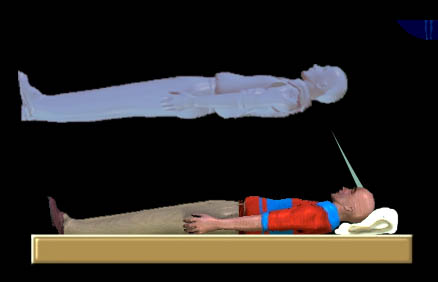
Tips For Inducing Successful Out Of Body Experiences
So, you've selected a method, and are hoping to learn to have out of body experiences at will. Your success will depend to a large extent not on the method you've chosen, but on your mental attitude and habits. Here are tips for maximising your chances of mastering astral projection:
First of all, you must be determined to succeed. Some people are naturally gifted projectors, who easily learn to leave their body at will once they've mastered the basics. Unfortunately, for most of us the process is more difficult, so if you're not one of the lucky few, this means that you'll need to commit yourself to persevering with your practice, even when nothing seems to be happening and the initial flush of enthusiasm has worn off. Most people never learn to astrally project, not because it's impossible, but because they give up too soon.
It also helps to be aware of your beliefs and expectations around the subject. You might be fired up with enthusiasm and full of excitement about the idea of learning to leave your body, but under the surface you may have doubts or fears that could block your progress. And it's ok to have these – astral projection can be scary (especially to those brought up in a world where it's at best considered a fringe activity, and at worst downright fantasy, or worse, something dangerous to be avoided at all costs!). Bringing fears and doubts to light, and perhaps discussing them with more experienced projectors (who can be found on internet discussion boards devoted to the topic, such as that at astraldynamics.com) can go a long way towards dispelling them.
Thirdly, you must practice regularly. Ideally, spend some time every day working on astral projection, preferably the same time each day, and ensure you won't be disturbed – it's hard to relax fully if you're half expecting a child or pet to come barging in at any moment! You may decide to do your practice session just before going to sleep at night – this has the advantage that you're more likely to relax easily, but on the downside, you're also more likely to fall asleep. If this proves to be a problem, try practising during the day, or first thing in the morning upon waking instead.
Many times in life, we tend to get more of what we focus on, and many people have found that spending time immersing themselves in the literature on astral projection (both online and off) attunes the mind to the topic, and makes a successful projection more likely. Reading a chapter or two of OBE-related books just before going to sleep is an especially good practice.
Another thing to be aware of, is that you may already be projecting without realising it. Many people claim that we all project naturally at night while sleeping, although the vast majority of people have no recollection of the subject. Those who are working on learning to project at will often experience vague recollections of having 'been somewhere' while sleeping, but the details remain frustratingly elusive. You may also experience flying dreams, which are often a form of non-intentional OBE masked by dream imagery. If you notice an increase in such phenomena, this is an encouraging sign – you may be getting closer to a conscious OOBE.
As you become more practised you may also become aware of 'exit sensations', such as feelings of paralysis, often accompanied by strong vibrations. Many people panic themselves into wakefulness when this happens, and it can be pretty scary, but it's perfectly normal. If this happens to you, try to remain relaxed and focused – you're getting closer!
Also be aware that although your eventual aim is a fully conscious, fully controlled out of body experience, the two don't necessarily go together in the early stages. Chances are, you may find yourself out of your body, flying around at random. Developing control of your movements may also take extra time and practice, so try not to panic if your astral body is difficult to manoeuvre at first.
Lastly, you need to develop your powers of recall. You've probably experienced waking up from a vivid dream with the details fresh in your mind, only to find that within a minute or two, it all fades away. The same can happen with OBEs, and there's not much enjoyment in mastering conscious astral projection if you don't remember any of it afterwards! A good way to practice bridging the gap is to practice remembering your dreams – start keeping a dream diary, and write down as much detail as you remember about each dream after waking. This will stand you in good stead for remembering your projection experiences, when you begin to have them.
More Astral Projection Resources on Amazon.com
More on Meditation & Related Topics
- What Is Brainwave Entrainment Technology?
Would you like to be able to tap into the true power of your mind, and explore different states of consciousness at will? Or perhaps you just want to be able to function at an optimal level to sleep well,... - Theta Meditation Benefits & Methods
If you're looking for a good quality theta meditation recording, you might like the one from The Unexplainable Store, which I use and recommend (it's in the 'Meditation' section under the 'Spiritual and... - Isochronic Tones - What Are They & What Can They Do For You?
Did you know that isochronic tones may be able to help you sleep better, improve your memory, be more creative, or reduce anxiety? Or if your interests are a little more esoteric, that they may also help you... - Free Dream Analysis - Low Cost Dream Interpretation
Many people like to analyse their dreams, which can be an endless source of inspiration, intrigue and insight. Although there are people who claim will do the job for you, you are really the best person to... - Meditation Chairs - Choosing A Chair For Meditating
Meditation chairs are becoming increasingly popular among people who like to meditate regularly. Although traditionally associated only with 'fringe' interests and people such as yogis, hippies and occultists,... - Buying & Using A Weight Loss Hypnosis CD
Are you thinking about using a weight loss hypnosis CD to get your weight under control? This may be a great decision, as hypnosis has helped many people to establish healthy eating and exercise habits, and... - Self Hypnosis Insomnia Relief
Many people are discovering the benefits of using self-hypnosis for insomnia relief. This article takes a look at how self-hypnosis can help the sleep-deprived. What Is Insomnia? Insomnia is a condition...




